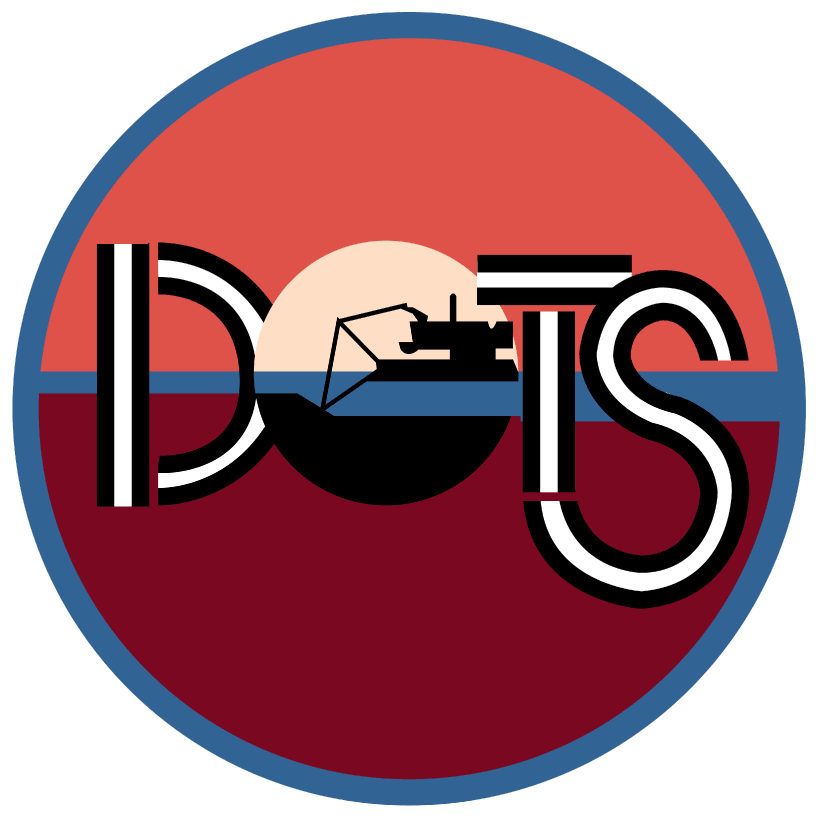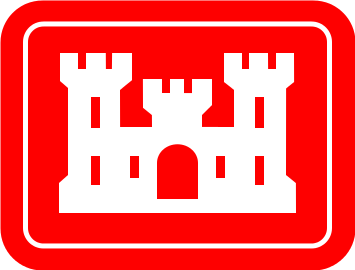Tier 2 Screening Analysis Spreadsheet in Support of the Upland Testing Manual
The USACE Upland Testing Manual (UTM) (USACE 2003) provides a tiered approach for performing pathway evaluations. Tier II of the UTM contains a screening methodology built into the Tier 2 Screening Analysis Spreadsheet to determine the need for pathway testing and potential COCs . The screens compare screening criteria, such as water quality standards, with predictions based on bulk sediment chemistry and protective solubility/partitioning/bioavailability relationships as well as empirical data for dredged materials.
Contact Information for Chemical Database
- Type: Downloadable spreadsheet
- User: Public and USACE
- POCs: Paul.R.Schroeder@usace.army.mil
Susan.E.Bailey@usace.army.mil
- Download Spreadsheet (xlsx)


